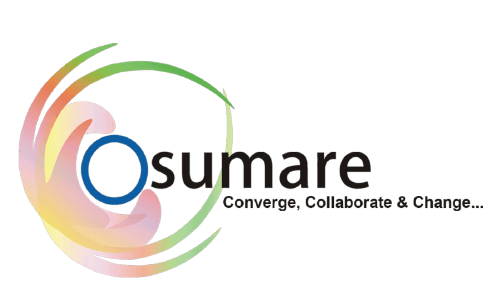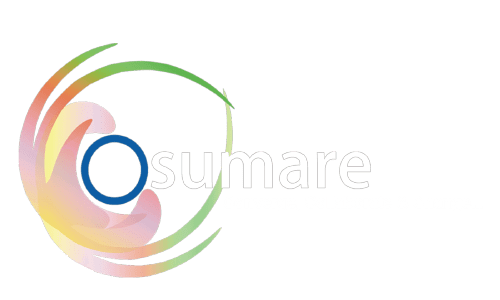In today’s digital age, mastering on-page SEO is crucial for achieving high search engine rankings and driving organic traffic to your website. Whether you’re looking to climb the ranks of the best SEO companies in Bangalore or simply improve your site’s visibility, understanding and implementing effective on-page SEO strategies can make all the difference. In this comprehensive guide, we will explore five key areas of on-page SEO, providing actionable tips and best practices for each. As you navigate through this article, we encourage you to explore more about SEO and digital marketing strategies on the best-top SEO search engine optimization companies in Bengaluru blog by Osumare Marketing Solutions.
1. Keyword Research and Optimization
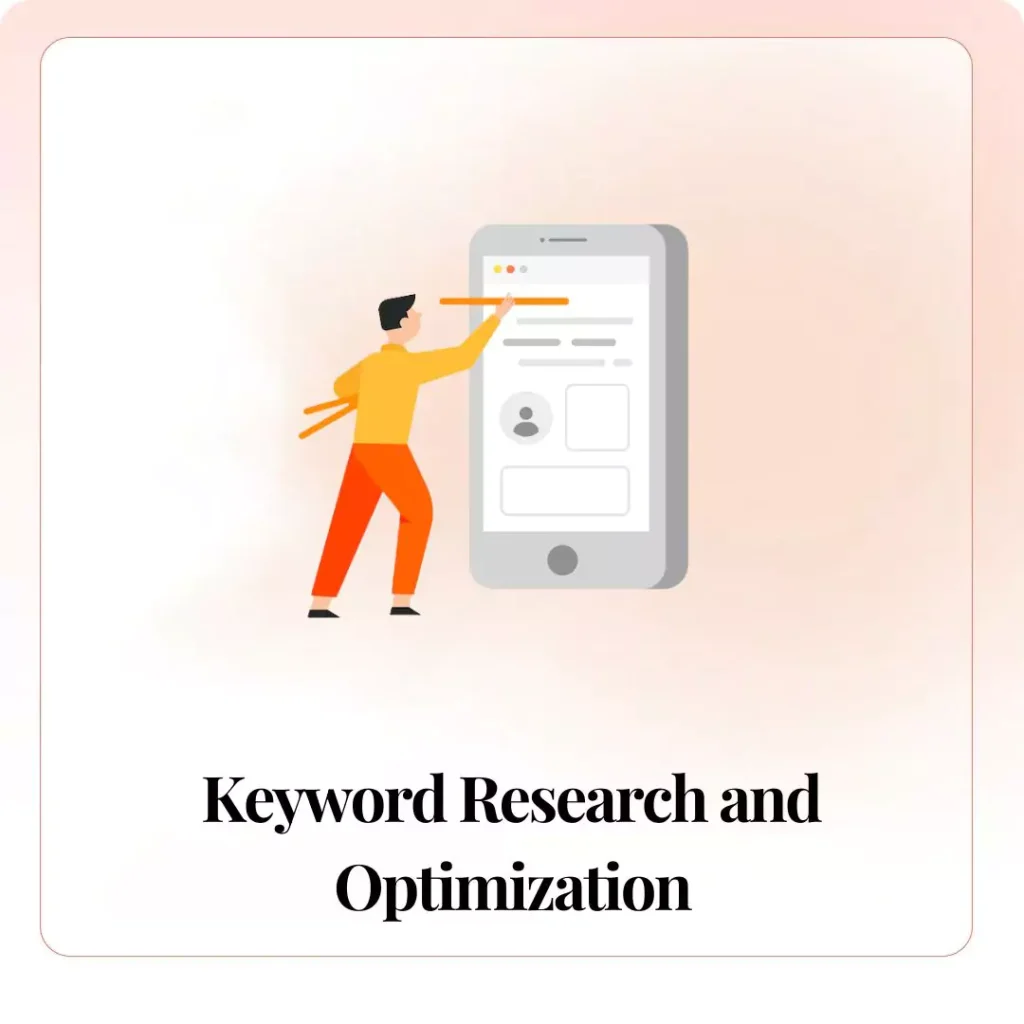
Effective on-page SEO begins with thorough keyword research. Identifying the right keywords, such as “Best SEO companies in Bangalore” or “Top SEO agencies in Bangalore,” is essential for attracting the right audience. Focus on long-tail keywords, which are often less competitive and more specific to your niche. Tools like Google Keyword Planner, Ahrefs, and SEMrush can help you find relevant keywords with high search volume and low competition.
Once you’ve identified your target keywords, strategically place them throughout your content. Aim for a keyword density of around 2% to ensure that your content remains natural and not overly optimized. Keywords should appear in the title, headers, meta descriptions, and throughout the body text. Avoid keyword stuffing, as it can lead to penalties from search engines.
In addition to traditional keywords, consider using LSI (Latent Semantic Indexing) keywords, which are terms related to your main keyword. These help search engines understand the context of your content, improving its relevancy for various search queries. For instance, when targeting “Top 10 SEO companies in Bangalore,” related terms like “SEO techniques,” “search ranking,” and “organic traffic” can enhance your content’s depth.
2. High-Quality Content Creation
Content is the cornerstone of on-page SEO. Creating high-quality, informative, and engaging content not only attracts visitors but also encourages them to stay on your site longer. Search engines like Google prioritize content that provides value to users, making it crucial to focus on quality over quantity.
When crafting content, consider the E-A-T principle: Expertise, Authoritativeness, and Trustworthiness. Your content should demonstrate expertise in your field, establish your authority, and build trust with your audience. For example, if you’re discussing the “Best digital SEO agencies in Bangalore,” provide insights, case studies, and data that highlight your knowledge and experience in the industry.
Incorporate various content formats, such as articles, blog posts, infographics, videos, and podcasts, to appeal to different types of learners. Visual content, in particular, can enhance user engagement and improve the overall user experience. Additionally, regularly updating your content with fresh information and insights can help maintain its relevancy and improve your search engine ranking.
For more tips and strategies, explore the best-top SEO search engine optimization companies in Bengaluru blog by Osumare Marketing Solutions.
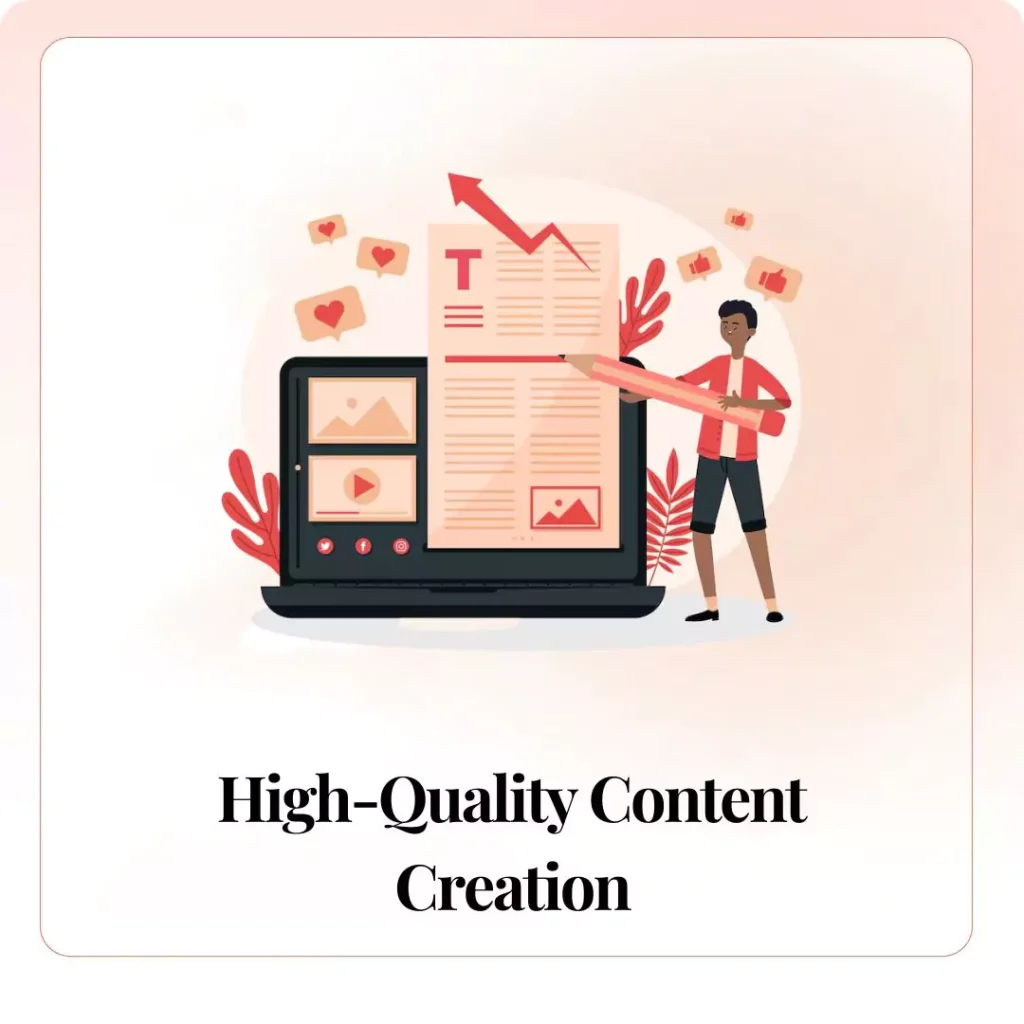
3. On-Page Elements and Technical SEO

On-page elements, such as meta tags, headings, and URL structure, play a vital role in SEO. Meta tags, including the title tag and meta description, provide search engines and users with a summary of your page’s content. Ensure that your title tag is concise, includes your primary keyword, and accurately reflects the content of the page. Meta descriptions should be compelling and include relevant keywords to encourage clicks.
Headings (H1, H2, H3, etc.) help organize your content and make it easier for both users and search engines to understand its structure. Use your primary keyword in the H1 tag and related keywords in the subsequent headings. This not only improves readability but also signals the relevance of your content to search engines.
The URL structure should be clean, descriptive, and include your main keyword. Avoid using unnecessary numbers or symbols, as they can confuse both users and search engines. A well-structured URL helps in indexing and improves the chances of your page ranking for relevant searches.
Technical SEO aspects, such as page speed, mobile-friendliness, and secure connections (HTTPS), also impact your on-page SEO. Fast-loading pages provide a better user experience and are favored by search engines. Use tools like Google PageSpeed Insights to analyze and optimize your site’s speed. With the increasing use of mobile devices, ensure that your site is responsive and offers a seamless experience across all devices.
4. Internal Linking and User Engagement
Internal linking is a powerful on-page SEO strategy that involves linking to other pages on your website. This not only helps users navigate your site but also distributes page authority and boosts the SEO value of your internal pages. For instance, if you have a blog post on “Best SEO agency in Bangalore,” you can link to other related articles, such as “Top SEO company in Bangalore” or “SEO techniques for beginners.”
When implementing internal links, use descriptive anchor text that includes your target keywords. This helps search engines understand the context of the linked page and improves its chances of ranking. However, avoid overusing exact match anchor text, as this can be seen as manipulative.
Engagement metrics, such as bounce rate, average session duration, and pages per session, also influence your search engine ranking. High engagement indicates that users find your content valuable and relevant. Encourage engagement by creating interactive content, such as quizzes, polls, and comment sections, and by using clear calls-to-action (CTAs) that guide users to take the next step.
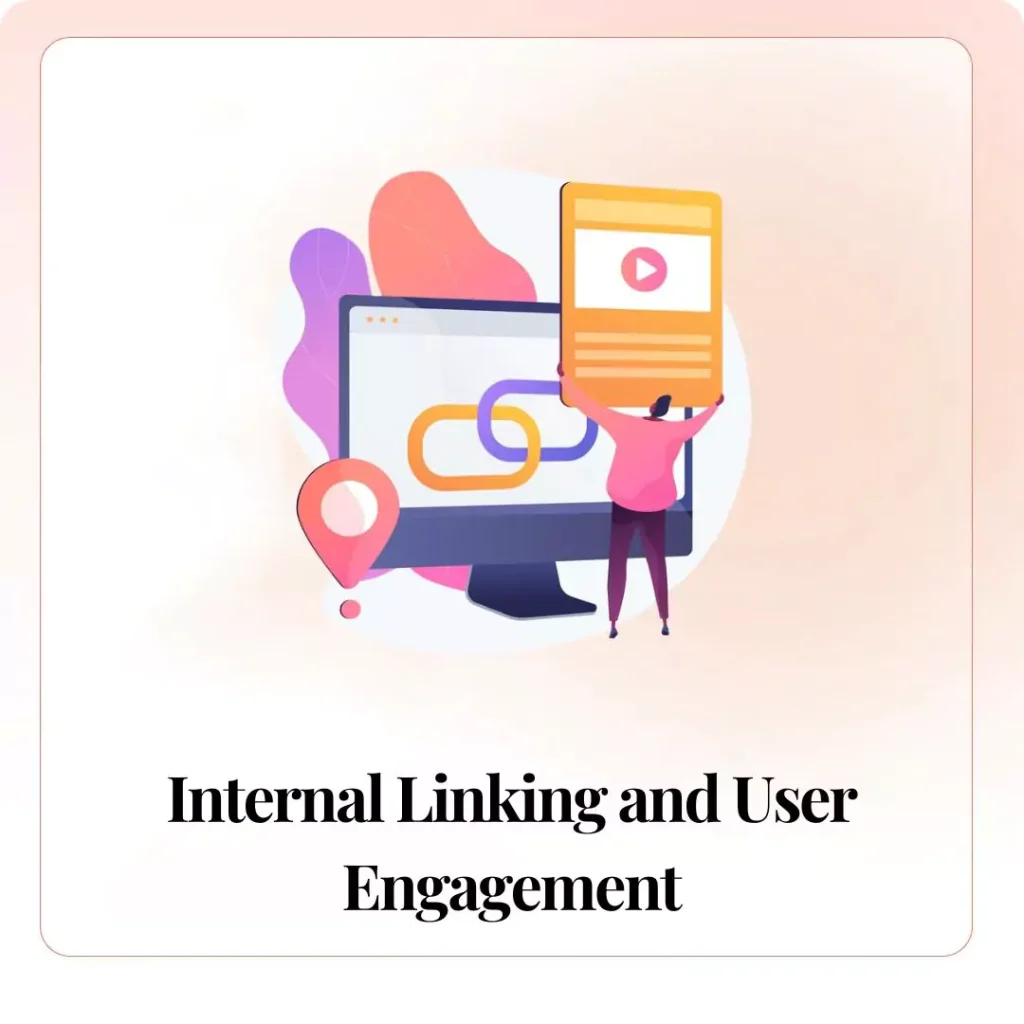
5. User Experience and Accessibility

A positive user experience (UX) is essential for both user satisfaction and SEO. Search engines prioritize websites that offer a seamless, intuitive, and enjoyable experience. Key UX factors include easy navigation, clean design, and accessible content.
Ensure that your website’s navigation is intuitive and allows users to find information quickly. A well-structured menu, breadcrumbs, and a search bar can enhance navigation and reduce bounce rates. A clean, visually appealing design helps retain visitors and encourages them to explore your site further.
Accessibility is another critical aspect of UX. Make sure your website is accessible to all users, including those with disabilities. This includes using alt text for images, providing transcripts for videos, and ensuring that your site is navigable via keyboard. An accessible website not only broadens your audience but also demonstrates your commitment to inclusivity.
Page speed, mobile responsiveness, and secure browsing also contribute to a positive UX. As mentioned earlier, fast-loading pages and a mobile-friendly design are crucial for retaining visitors and improving your search engine ranking. Ensure that your website uses HTTPS to provide a secure browsing experience, which is especially important for e-commerce sites.
Conclusion
Mastering on-page SEO is essential for improving your website’s visibility, attracting organic traffic, and achieving higher search engine rankings. By focusing on keyword optimization, high-quality content creation, on-page elements, internal linking, and user experience, you can create a solid foundation for your SEO strategy. Remember, SEO is an ongoing process that requires continuous monitoring, analysis, and optimization.
For a deeper dive into SEO best practices and digital marketing strategies, visit the best-top SEO search engine optimization companies in Bengaluru blog by Osumare Marketing Solutions. Stay informed, stay ahead, and keep optimizing!
